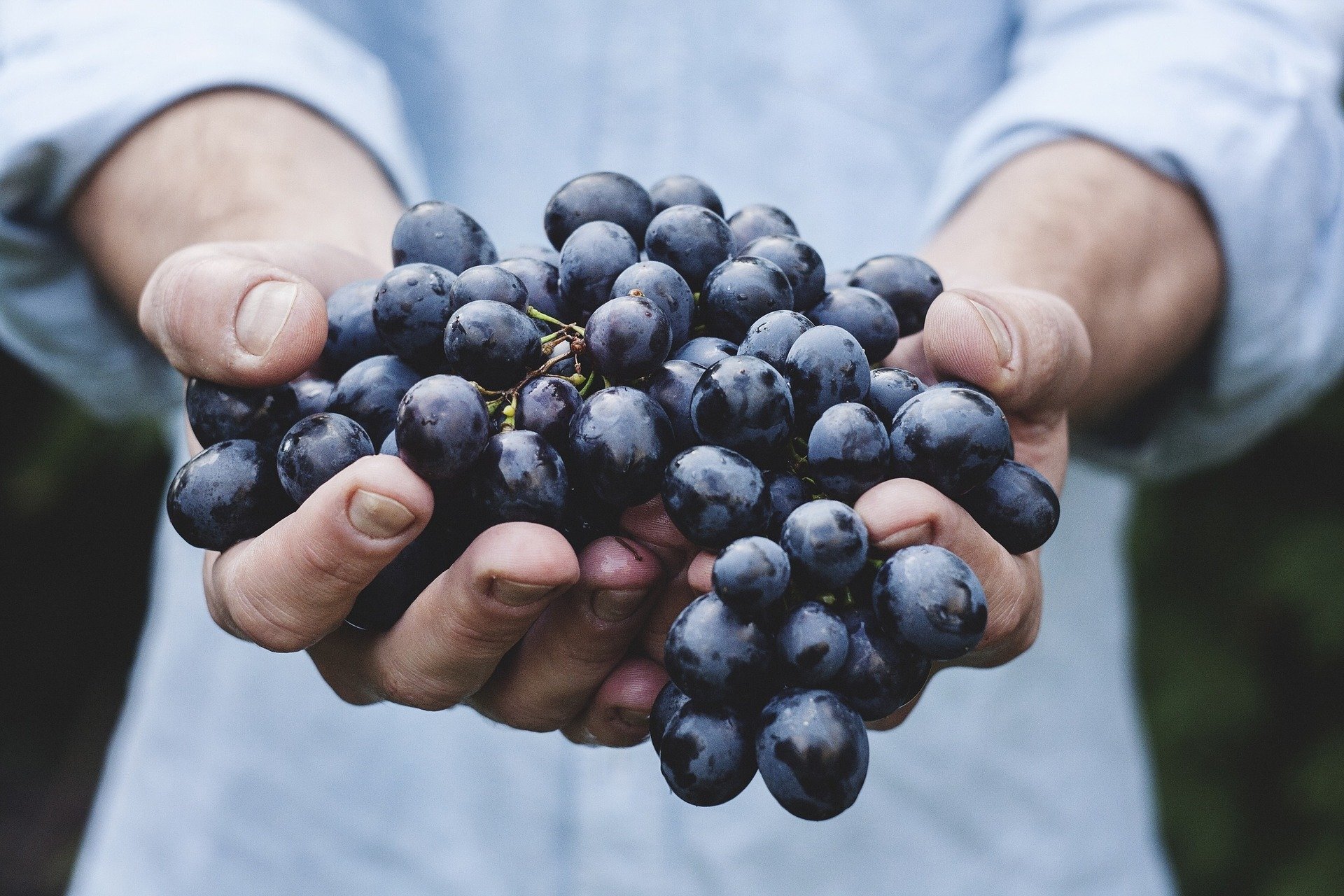WINE GRAPE BASICS: MALBEC
I’m not sure, dear Reader, whether you knew it or not but World Malbec Day just passed us by and it’s got me thinking about the fantastic grape that is Malbec!
Now, you might be thinking to yourself - Malbec has a day named after it? If you are, I wouldn’t fall you and you certainly wouldn’t be alone. Knowing this might be the special reserve spot of true wine geeks…..and/or people who are super tuned into social media.
World Malbec Day certainly isn’t printed into hallmark calendars all around the world. But it is celebrated.
In fact, there are a lot of grape varieties, wine styles and regions that have a calendar day upon which they are celebrated annually. And in the case of Malbec, this happens to be on April 17th every year.
What happens on these days, you ask? Good question. Generally speaking, a lot of people talk about and drink the thing that is being celebrated. So, why not join in on the fun, I say? ;-)
Seriously though, I think this blog is lacking in many regards and I’m continuously working on making it better. World Malbec Day has given me the impetus to finally put into action what I have been wanting to do for some time now, which is a series of quick primers on different aspects of the big bad world of wine, including (and in particular, in this case) different grape varieties.
So, let’s get into it, shall we? Read on to learn all that you will ever need to know about……….Malbec!!
KEY THINGS TO KNOW ABOUT MALBEC
OTHER NAMES FOR THE MALBEC GRAPE
Cȏt, Pressac, Auxerrois
PLACE OF ORIGIN
Malbec originated in France and it is the progeny of two indigenous and esoteric french grape varieties. Some say it was first planted in Burgundy but that might be a dubious fact. Most generally agree that it’s place of origin from a historically significant perspective is in fact Cahors in southwest France.
WHERE IT’S GROWN TODAY
Though Malbec continues to be grown in France today, there is no denying that its spiritual home has become Argentina.
According to The Oxford Companion to Wine, Malbec is planted across over 76,000 acres of Argentina, with notable concentration in Mendoza province. See below for a deep dive on Argentinian Malbec.
Malbec is also grown in Cahors, and in much smaller quantities, in other parts of southwest France, the Loire Valley and Bordeaux. In Bordeaux, Malbec is one of the six permitted grape varieties but is not often used.
Other places where Malbec is grown include the United States, Australia, Chile, New Zealand and South Africa.
GRAPE CHARACTERISTICS
Malbec is a dark, purple skinned grape. Though generally known to be thick skinned, this is more true at high altitudes (think Argentina). At lower altitudes, Malbec can be thin skinned.
WHAT MALBEC WINE TASTES LIKE
Body - Malbec is usually a full bodied wine that can be quite high in alcohol. It is usually a dry wine.
Aromas and Flavours - Malbec usually displays bold fruit flavours such as red fruit (lower altitudes) and blue/black fruit (higher altitudes) that can be almost jammy in character, chocolate, tobacco and floral notes. Because Malbec is usually aged in oak, it also tends to contain vanilla and spice aromas.
Tannins - Malbec is not a particularly tannic wine, which is what makes it a great choice for casual red wine drinkers who do not enjoy noticeable tannins, or people who are new to wine.
Acidity - Malbec is generally medium acidity.
WHAT ELSE IS MALBEC SIMILAR TO?
Many people compare and contrast Malbec with Merlot. Both varieties are fuller bodied, more fruity, smooth and dark. However, I personally find Malbec to be a much smoother variety overall.
Some people also compare Malbec to Primitivo, though I personally don’t find them to be similar enough to warrant comparison. Maybe I should try them side by side!
WHAT TEMPERATURE SHOULD MALBEC BE SERVED AT?
Room temperature i.e. 16-18 degrees Celsius
CAN YOU CELLAR MALBEC WINE?
Yes, in some cases, you absolutely can! Typical Malbecs cellar from 1-3 years, while high end Malbecs can be cellared for 5-7 years or longer.
IDEAL FOOD PAIRINGS TO WINE-IT-UP-A-NOTCH
Obviously, ideal food pairings depend on a specific wine rather than a varietal as a whole, however generally speaking, Malbec pairs very well with red meat (steak, sausage etc.), BBQ, grilled and charred vegetables, mushrooms and hearty, earthy pasta dishes.
DEEP DIVE - ARGENTINIAN MALBEC
Malbec is a true success story in Argentina. First planted in the mid 1800s, Argentina has really gone from strength to strength when it comes to Malbec, which has found new and wonderful expressions in this country, all of which can be considered to be true crowd pleasers!
Malbec is grown throughout the country - there are over 100k acres planted! - but most of what is available in export markets is from Mendoza province. And therein, most of what has generated critical acclaim and won over the hearts of wine lovers all over the world is from the high altitude vineyards of the Uco Valley (or Valle d’Uco locally) which backs into the Andes mountains.
Argentinian Malbec, and in particular that from the Uco Valley, is inky dark purple, smooth and supple. It generally displays notes of jammy blue and black fruit, chocolate and vanilla and has only mild to moderate tannins and nice acidity.
This flavour profile is a direct result of the high altitude of this region, which sits right in the foothills of the towering Andes mountain range, and where vineyards are typically located at or above 1000 metres above sea level.
Argentinian Malbec pairs perfectly with grilled meat and charred vegetables.
The best part of it all is that Argentinian Malbec is really very affordable at all levels of complexity and sophistication. It really should be a part of every wine lover’s repertoire of regulars!




